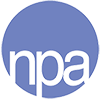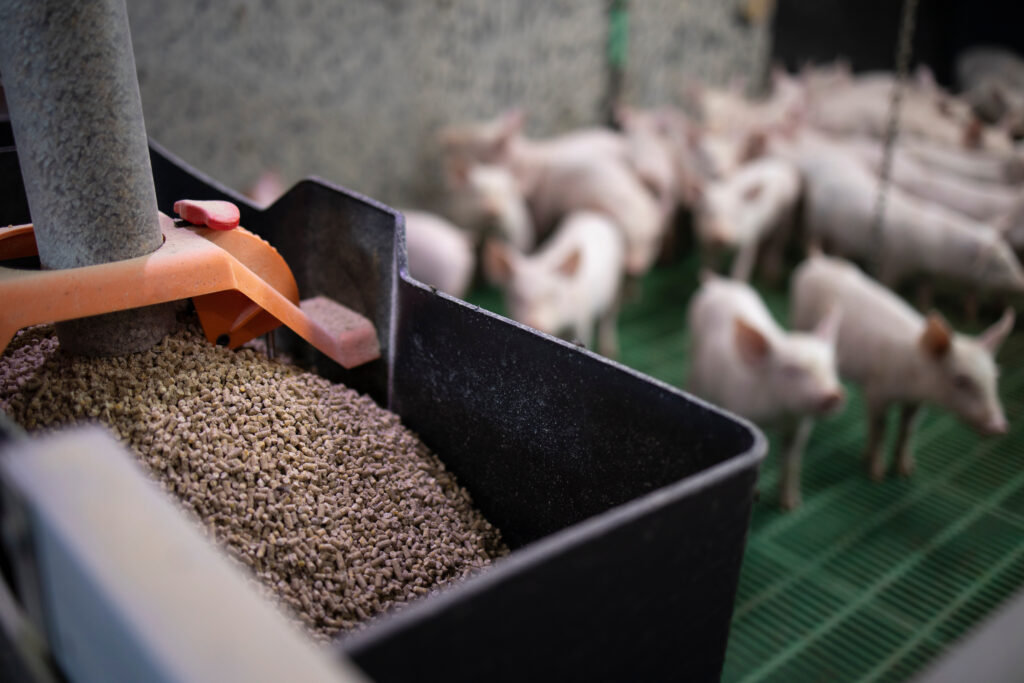Processed animal protein (PAP) should be permitted again in pig and poultry feed, but only with very strict conditions attached, the NPA has told Defra.
Defra is consulting on changing feed regulations in England to permit poultry PAP in porcine feed and porcine PAP in poultry feed, in line with changes already made in the EU.
In its response, the NPA agrees that the move would help to reduce the industry’s environmental impact, as an alternative to soya, but it said there would plenty of constraints to the use of PAP as a feed ingredient. These include:
- The relatively limited availability of such PAPs, and the existing lucrative export market their use in feed would be competing against. Protein prices ultimately become comparable against the market, so it would not present a cheap protein option.
- The regulatory restrictions which determine that they can only be used in dedicated single species production facilities and/or totally dedicated lines, operated by compounders manufacturing pig or poultry feeds due to the risks of cross-contamination. This would be very challenging for both pig and poultry feed sectors re cost of approval and implementation processes and would require significant investment. It may be more feasible within individual integrated supply chains, however.
- The regulations requiring dedicated species-specific production lines at rendering plants.
- Transport of such PAPs must also be species-specific.
The NPA response noted, although the feeding of PAP is permitted in Europe, it is only used in limited quantities, for all the reasons stated above.
Any proposal to permit the use of pig and poultry PAP in England will also need to address the four parameters below, which have been identified as the factors determining the extent and rate of change.
- The acceptance of this practice by the food value chain partners and stakeholders, from livestock farmers to consumers, including farm assurance bodies.
- The ability and willingness of all operators throughout the supply chain to comply with all the legal requirements to ensure the practice is entirely safe and traceable, and to bear the associated not insignificant costs
- The market competitiveness of pig and poultry PAPs.
- The fitness of analytical control tools and interpretation of results.
The response noted that sustainably-sourced soya (both deforestation and conversion free) is still the most efficient source of protein available. By continuing to purchase and utilise soya in animal feed, we are better able to effect the tangible change required to stop deforestation and conversion, it added.
The NPA also agreed with allowing insect PAP and ruminant collagen and gelatine in porcine and poultry feed, subject to adequate controls being in place.




